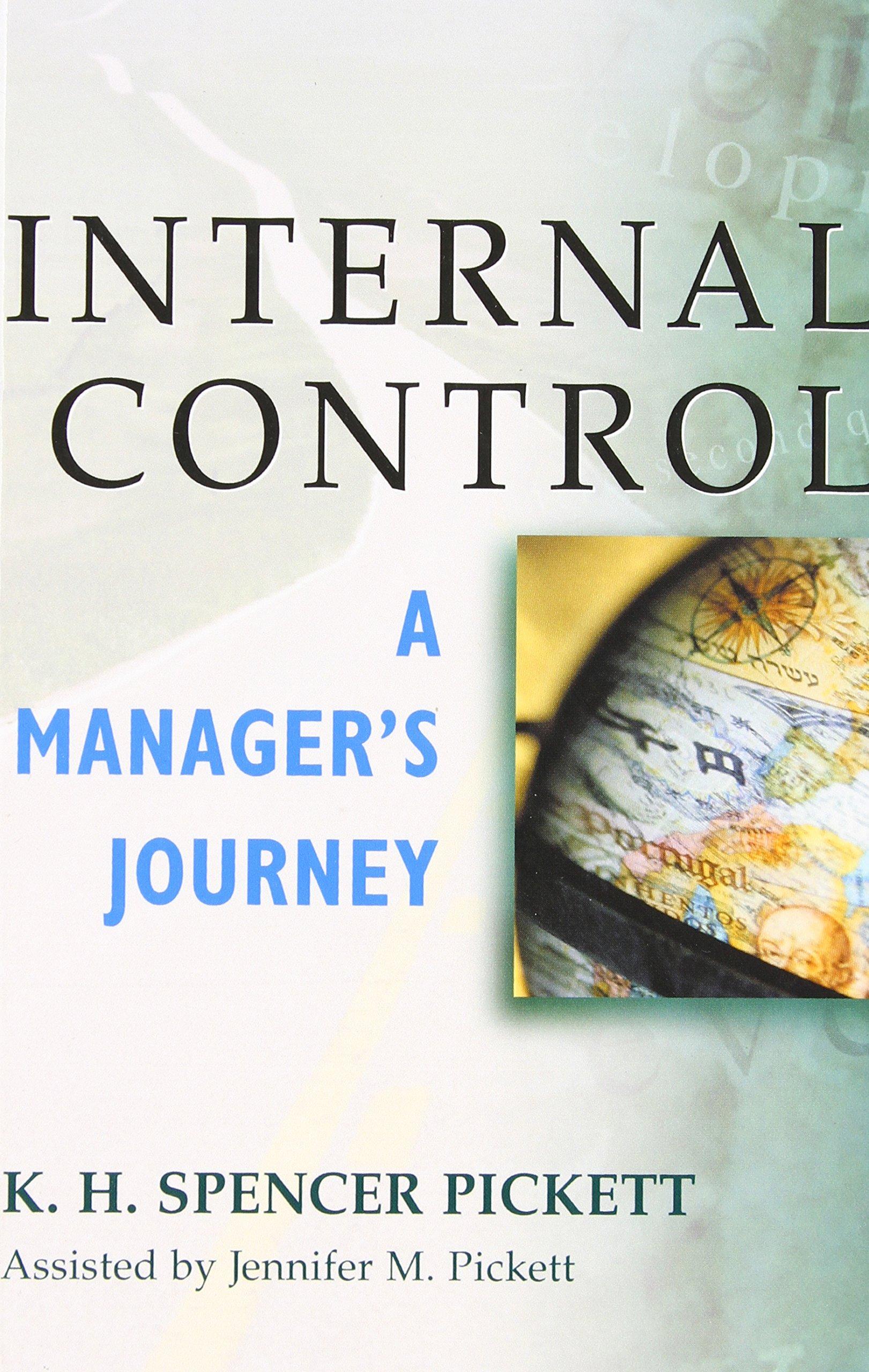Question
Q1) Assume that you will begin saving for retirement at age 24 by investing $3000 per year for the next 42 years. Each year you
Q1) Assume that you will begin saving for retirement at age 24 by investing $3000 per year for the next 42 years. Each year you will increase your annual deposit by 5%. Therefore at age 25 you will invest 1.053000 = $3150 and at age 26 you will invest 1.053150 = $3308, etc.
1. If your investment has an expected return of 8% determine your expected nest egg after your final payment.
2. If an alternative and less risky investment has expected returns of 3.0% determine your expected nest egg after your final payment.
3. What could happen that would cause you to choose one investment over the other, other than based on the calculated future value.
Q2) You are a project engineer working for a growing company in North Dakota and you need to upgrade your crystallizer. Your company bought a new 750 ft2 crystallizer 5 years ago for $400,000. You believe that your company has expanded sufficiently to need a 5000 ft2 crystallizer. ? Assume a price Index value of 334 5 years ago, an Index value of 423 today, and a power-sizing exponent of 0.37.
A) What is the estimated price of the equipment in todays dollars?
B) What sort of inaccuracies could there be in your estimate, or what details would you need to know about the indexes would you need to know before applying them to your project?
Step by Step Solution
There are 3 Steps involved in it
Step: 1

Get Instant Access to Expert-Tailored Solutions
See step-by-step solutions with expert insights and AI powered tools for academic success
Step: 2

Step: 3

Ace Your Homework with AI
Get the answers you need in no time with our AI-driven, step-by-step assistance
Get Started


